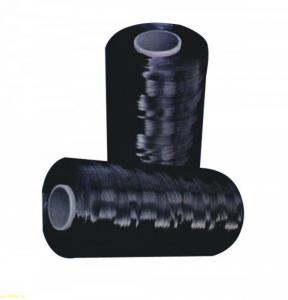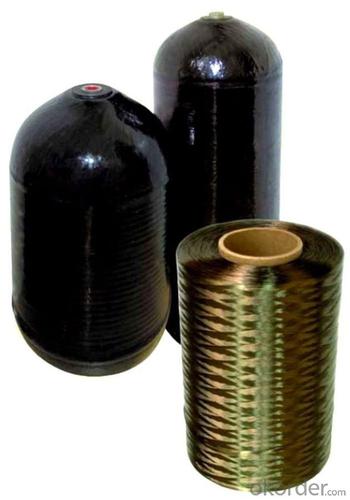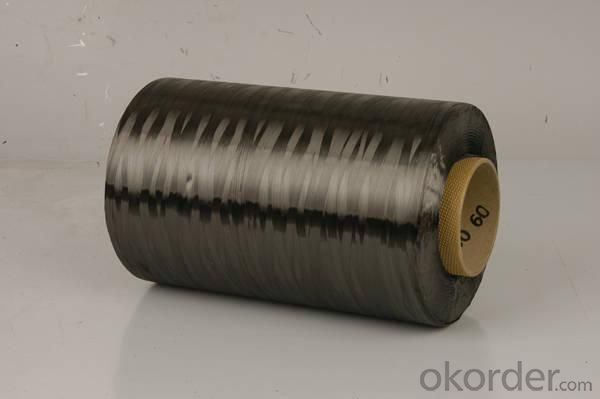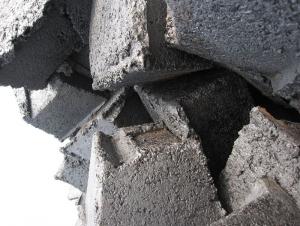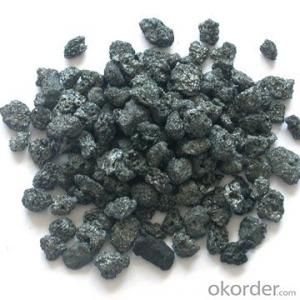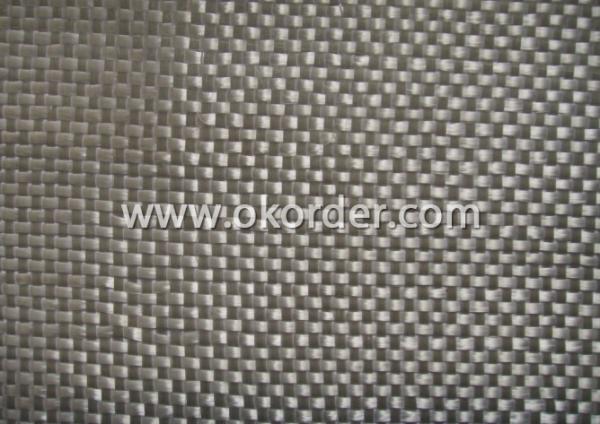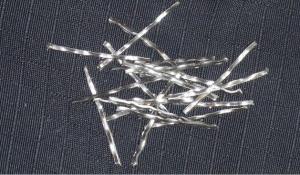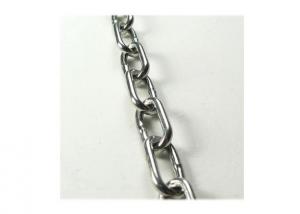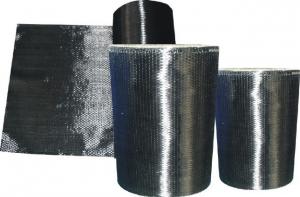Carbon Fiber
- Loading Port:
- China Main Port
- Payment Terms:
- TT or LC
- Min Order Qty:
- 100Kg m.t.
- Supply Capability:
- 1000Ton m.t./month
OKorder Service Pledge
OKorder Financial Service
You Might Also Like
Specifications of Carbon Fiber
1. Material: carbonized polyacrylonitrile fiber
2. Filament number:12k
3. Fiber type: T700
4. Tensile strength: 360kgf/mm2
General Data of Carbon Fiber
Weaving Style: Unidirectional, Plain, Twill
Input Available: 3k, 6k, 12k Carbon fiber
Weight: 15 0 ~ 600g / m2
Roll length: To be specified
Typical Range of Carbon Fiber
Remark :The above parameters are only in common condition. In case of order, the parameters are subject to the customer's confirmation.
CWP : Carbon plain weave fabric
CWT : Carbon twill weave fabric
CWU : Carbon woven unidirectional fabric
Packaging of Carbon Fiber
Product is manufactured in form of a roll wound on a paper tube and then packed in a plastic film and placed within a cardboard carton. Rolls can be loaded into a container directly or on pallets.
Storage of Carbon Fiber
It is recommended that the carbon fiber fabric are stored in a cool and dry environment. Recommended temperature range of storage is between 10 ~ 30 degree and relative humidity between 50 ~ 75%.The carbon fiber fabric should remain in the packaging until just prior to use.
Packaging & Delivery of Carbon Fiber
Packaging Detail: carton
Delivery Detail: within 20 days
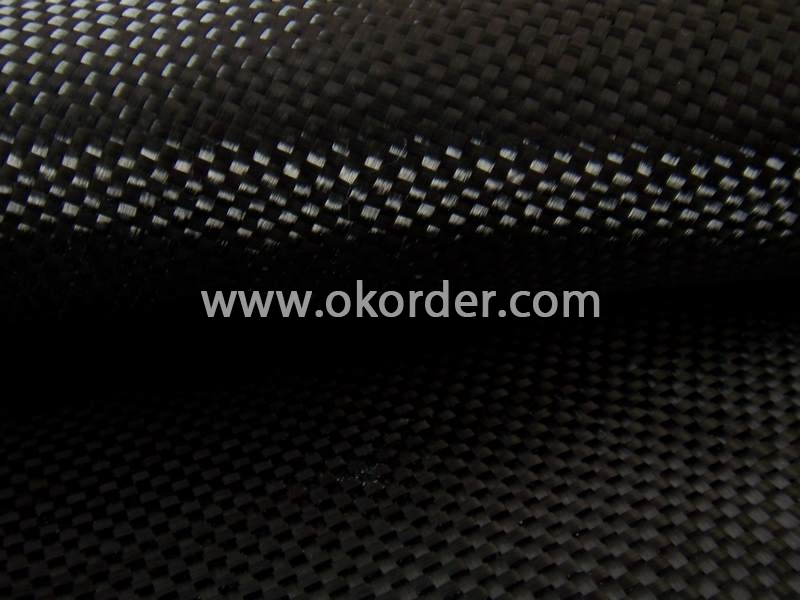
- Q: What should we do to reduce carbon emissions in our lives?
- The use of public transport, of course, is best to walk long distances, as far as possible the use of roads or railways, aircraft carbon emissions, the largest use of disinfection chopsticks, do not use disposable tableware, handkerchiefs do not use napkins
- Q: What are the effects of ocean acidification on marine life?
- Ocean acidification has detrimental effects on marine life. It hampers the ability of marine organisms, such as corals, shellfish, and plankton, to build and maintain their shells and skeletons. It also disrupts their growth, reproduction, and overall survival. This can lead to declines in population sizes, changes in species composition, and ultimately, ecosystem imbalances. Additionally, ocean acidification can have cascading effects on other organisms dependent on those affected, including fish and marine mammals. Overall, it poses a significant threat to the health and biodiversity of marine ecosystems.
- Q: How does carbon dioxide affect fuel efficiency?
- Carbon dioxide does not directly affect fuel efficiency, but it is a byproduct of the combustion of fossil fuels, which are commonly used as fuel in vehicles. When fossil fuels are burned, carbon dioxide is released into the atmosphere, contributing to the greenhouse effect and climate change. However, the increased concentration of carbon dioxide in the atmosphere does not have a direct impact on the fuel efficiency of a vehicle. Fuel efficiency is primarily determined by the design and technology of the vehicle, including factors such as engine efficiency, weight, aerodynamics, and driving conditions. Nevertheless, reducing carbon dioxide emissions is crucial for mitigating climate change and promoting a sustainable future.
- Q: What are the challenges of carbon capture and storage technology?
- Carbon capture and storage (CCS) technology shows promise as a solution for reducing greenhouse gas emissions and combating climate change. Nevertheless, there are various obstacles that must be overcome in order for it to be widely adopted and effective. One of the primary hurdles associated with CCS technology is its considerable cost. The implementation of CCS necessitates significant investments in infrastructure, equipment, and operations, making it economically burdensome. Additionally, the capture process itself requires substantial amounts of energy, resulting in increased costs and potentially limiting its feasibility. Another challenge pertains to the limited capacity for storage. Identifying suitable underground sites for storing the captured carbon dioxide (CO2) is crucial, but can be difficult due to geological limitations. The task of identifying and evaluating suitable sites with adequate storage capacity is complex and necessitates meticulous planning. Furthermore, concerns exist regarding the long-term stability and integrity of the storage sites. Leakage of stored CO2 could compromise the effectiveness of CCS and pose environmental risks. Ensuring the secure and safe storage of captured carbon is essential to prevent any adverse impacts on ecosystems and public health. Transporting the captured CO2 from the capture sites to the storage facilities also presents a challenge. Establishing an efficient and extensive transportation infrastructure is necessary for the widespread implementation of CCS technology. Developing pipelines or other means of transportation capable of handling the volume of captured CO2 and ensuring its secure transport over long distances is crucial. Public acceptance and social factors also significantly impact the challenges associated with CCS technology. Local communities may have concerns and objections regarding potential risks associated with the capture, transport, and storage of CO2. Effectively addressing these concerns through transparent communication and engagement with stakeholders is vital for garnering public support and minimizing opposition. In conclusion, carbon capture and storage technology has the potential to greatly reduce greenhouse gas emissions. However, its challenges, including high costs, limited storage capacity, integrity concerns, transportation infrastructure, and public acceptance, must be addressed to ensure successful implementation and make a significant contribution to mitigating climate change.
- Q: What is the symbol for carbon?
- The symbol for carbon is "C".
- Q: What are the different types of carbon-based plastics?
- There are several different types of carbon-based plastics, each with unique properties and applications. Some common types include: 1. Polyethylene (PE): This is the most widely used plastic and can be found in various forms such as high-density polyethylene (HDPE) and low-density polyethylene (LDPE). PE is known for its strength, flexibility, and resistance to chemicals, making it suitable for applications like packaging, pipes, and toys. 2. Polypropylene (PP): PP is another popular plastic known for its high melting point, chemical resistance, and durability. It is commonly used in automotive parts, appliances, and packaging. 3. Polystyrene (PS): PS is a rigid plastic that is often used in disposable products like food containers and packaging materials. It is lightweight and has good insulation properties. 4. Polyvinyl Chloride (PVC): PVC is a versatile plastic that can be rigid or flexible depending on its formulation. It is commonly used in construction materials, pipes, cables, and vinyl flooring. 5. Polyethylene Terephthalate (PET): PET is a strong and lightweight plastic that is commonly used in beverage bottles, food packaging, and textile fibers. It is known for its excellent gas and moisture barrier properties. 6. Polycarbonate (PC): PC is a transparent plastic known for its high impact resistance and heat resistance. It is often used in eyewear, automotive parts, and electronic devices. These are just a few examples of carbon-based plastics, and there are many other variations and blends available in the market. The choice of plastic depends on its intended application, desired properties, and environmental considerations.
- Q: How does carbon impact the energy balance of the Earth?
- Carbon impacts the energy balance of the Earth primarily through its role in the greenhouse effect. Carbon dioxide (CO2), a greenhouse gas, is released into the atmosphere through natural processes and human activities such as burning fossil fuels and deforestation. The greenhouse effect is a natural process where certain gases in the atmosphere trap heat from the sun, preventing it from escaping back into space. This process helps maintain a suitable temperature for life on Earth. However, excessive carbon emissions have enhanced the greenhouse effect, leading to global warming and climate change. When carbon dioxide and other greenhouse gases accumulate in the atmosphere, they trap more heat, causing the Earth's surface temperature to rise. This rise in temperature disrupts the energy balance of the planet. It contributes to the melting of polar ice caps, rising sea levels, and more frequent and severe extreme weather events. Furthermore, carbon affects the energy balance of the Earth by altering the carbon cycle. The carbon cycle is a natural process in which carbon is exchanged between the atmosphere, oceans, and land. However, human activities have significantly disrupted this cycle by releasing large amounts of carbon into the atmosphere, primarily through the burning of fossil fuels. Excessive carbon emissions result in an imbalance in the carbon cycle, as the natural processes that absorb and store carbon, such as photosynthesis and the ocean's ability to absorb CO2, cannot keep up with the pace of emissions. This leads to an accumulation of carbon dioxide in the atmosphere, further exacerbating the greenhouse effect and contributing to global warming. Overall, carbon significantly impacts the energy balance of the Earth by intensifying the greenhouse effect and disrupting the natural carbon cycle. It is crucial to reduce carbon emissions and transition to cleaner and more sustainable energy sources to mitigate the negative effects of carbon on the planet's energy balance and ultimately, preserve the health and stability of our environment.
- Q: How do humans contribute to carbon emissions?
- Humans contribute to carbon emissions through various activities, such as burning fossil fuels for electricity, transportation, and heating; deforestation and land-use changes; industrial processes; and the production and disposal of waste. These actions release significant amounts of carbon dioxide and other greenhouse gases into the atmosphere, exacerbating the greenhouse effect and contributing to climate change.
- Q: What is carbon neutral packaging?
- Packaging that is carbon neutral is characterized by having no carbon footprint. This implies that the emissions of carbon dioxide (CO2) released during the production, transportation, and disposal of the packaging are counterbalanced by an equal amount of CO2 being removed from the atmosphere or not emitted in the first place. To achieve carbon neutrality, a range of strategies can be implemented. One commonly used method is to utilize renewable or recycled materials for packaging, such as paper or bioplastics derived from plant-based sources. These materials have a lower carbon footprint compared to traditional petroleum-based plastics. Furthermore, reducing the quantity of packaging used overall and optimizing its design to minimize waste can also contribute to carbon neutrality. Offsetting unavoidable emissions is another crucial aspect of carbon neutral packaging. This can be accomplished by investing in projects that reduce greenhouse gas emissions elsewhere, such as reforestation or renewable energy initiatives. By supporting these projects, the carbon emissions produced by the packaging are counteracted, resulting in no overall impact on the environment. The concept of carbon neutral packaging is gaining traction as businesses and consumers become more cognizant of the environmental consequences of their choices. It offers a means to decrease the carbon footprint associated with packaging, ultimately contributing to a more sustainable and environmentally friendly future.
- Q: What is carbon fiber and how is it used?
- Carbon fiber is a lightweight and incredibly strong material that is made from thin strands of carbon atoms bonded together in a specific pattern. It is known for its exceptional strength-to-weight ratio, making it significantly stronger than steel while being much lighter in weight. Carbon fiber is used in a wide range of industries and applications due to its unique properties. In the aerospace industry, it is commonly used to build aircraft components such as wings, fuselage sections, and engine parts. Its high strength and low weight help increase fuel efficiency and enhance overall performance. The automotive industry also extensively utilizes carbon fiber in the production of high-performance vehicles. Carbon fiber reinforced composites are used to manufacture various parts, including body panels, chassis components, and interior trims. The use of carbon fiber in automobiles not only reduces the overall weight of the vehicle, but also improves its structural integrity and enhances handling and fuel efficiency. Sports equipment manufacturers incorporate carbon fiber in the production of sporting goods such as tennis rackets, golf clubs, bicycles, and hockey sticks. The material's strength and stiffness allow for enhanced performance, increased power transfer, and improved durability. In addition, carbon fiber finds applications in the construction industry for reinforcing concrete structures, as well as in the manufacturing of wind turbine blades, boat hulls, and various other industrial components. Overall, carbon fiber's exceptional strength, lightweight nature, and versatility make it a preferred choice in industries where high-performance materials are required. Its use continues to expand as advancements in manufacturing techniques and cost reduction efforts make it more accessible to a wider range of applications.
1. Manufacturer Overview
| Location | Shanghai, China |
| Year Established | 1995 |
| Annual Output Value | Above US$ 20,000 |
| Main Markets | Mid East; Eastern Europe; North America |
| Company Certifications | ISO 9002:2000 |
2. Manufacturer Certificates
| a) Certification Name | |
| Range | |
| Reference | |
| Validity Period |
3. Manufacturer Capability
| a) Trade Capacity | |
| Nearest Port | Shanghai |
| Export Percentage | 20% |
| No.of Employees in Trade Department | 100 People |
| Language Spoken: | Chinese |
| b) Factory Information | |
| Factory Size: | Above 100,000 square meters |
| No. of Production Lines | Above 5 |
| Contract Manufacturing | OEM Service Offered; Design Service Offered |
| Product Price Range | Average |
Send your message to us
Carbon Fiber
- Loading Port:
- China Main Port
- Payment Terms:
- TT or LC
- Min Order Qty:
- 100Kg m.t.
- Supply Capability:
- 1000Ton m.t./month
OKorder Service Pledge
OKorder Financial Service
Similar products
Hot products
Hot Searches
Related keywords

